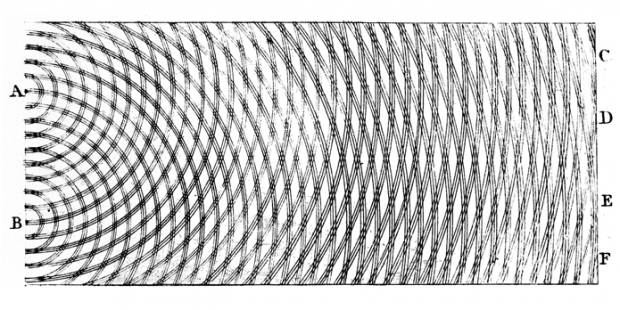The
Nature of Light:

The nature of light has been debated by
physicist for hundreds of years.
Newton, in one of his famous works - Opticks,
described mathematically observed light
phenomena such as reflection and refraction, and
thus constructed the bases of ray optics. Newton
described light as a ray, or a particle, but by
the beginning of the 19th century another view
on the nature of light became the consensus -
that light is a wave.
At the beginning of the
19th century Thomas
Young, an English physicist, conducted
many experiments that showed the wave
nature of light.
Probably his most famous experiment is the
double-slit experiment; where you shine
light through two small slits, and an
interference pattern is seen on far
screen.
This, and many other observations, led to the
scientific acceptance of the wave nature
of light in early 19th
century.
But all other waves observed by physicists
before light propagated through a medium.
Does this mean that light also propagates
through some medium?
|

Interference of waves when passing
through a double slit, as drawn by Thomas
Young.
|
This question, along with further
developments of the nature of light led to the necessity of a propagation
medium for light - the luminiferous aether.
|